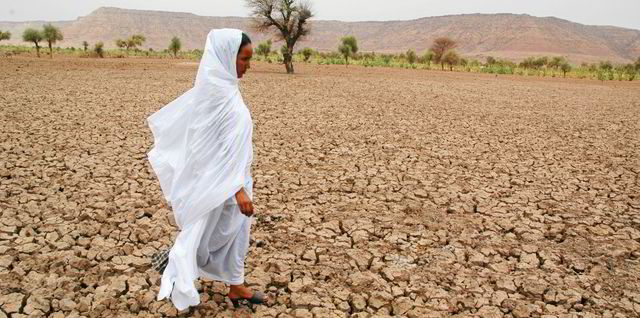
Nations such as Mauritania, Namibia, Saudi Arabia, Oman, Chile and Australia are all planning multi-gigawatt green hydrogen projects in desert regions — which would utilise the long hours of bright sunshine to produce cheap solar electricity that would in turn power electrolysers to split water molecules into hydrogen and oxygen.
But while the necessary water supply for these projects could theoretically drain local groundwater reserves, desalination projects that purify sea water could be built instead at a relatively low cost — and even provide water for other uses, according to a new Irena report, Global Hydrogen Trade to Meet the 1.5°C Climate Goal: Part III – Green Hydrogen Cost and Potential.
“A challenge for Africa is water scarcity, but green hydrogen could provide an opportunity to tackle this challenge instead of aggravating it,” the study says. “Even for low LCOH [levelised cost of hydrogen] scenarios, water supply, in the most conservative case, through desalination, represents only less than 4% of the total LCOH, which means it is relatively cheap when compared with the hydrogen supply.
“The water supply system could be expanded to cater for other water uses (eg, sanitary) at a relatively small cost penalty for the hydrogen but providing the economies of scale needed to achieve low water costs.”
The report adds that piping desalinated water inland could also be an affordable option.
“Even in regions far from the coastline, water transport could be considered, which will increase the cost of water supply, but it will still represent a relatively small share of the total hydrogen production cost, reaching levels of $0.05/kgH2 and representing 1-2% of the energy consumption of the electrolyser,” it says.